“Quick Fix: Troubleshooting Your Push Button Code Door Lock”
Security is a paramount concern for any house owner or enterprise, and the integrity of your door locks performs a crucial function in safeguarding your premises.
Push button code door locks, famous for their comfort and greater security functions, are the current answer to traditional lock-and-key structures. However, like several technological devices, they can come into trouble.
The proper information is that many common troubles with push button locks can be resolved via straightforward troubleshooting steps. This manual aims to empower you with the know-how to deal with and attach those issues, ensuring your lock continues to function successfully.

Section 1: Common Causes of Malfunction in Push Button Code Door Locks
1. Battery Issues
- One of the most common motives for a non-running push button lock is battery-associated. Normally, those locks are powered with the aid of batteries, and with time, the batteries may also run out of strength or die, which could cause malfunctions.
Key Points:
- Signs of low batteries (e.g., sluggish response, intermittent operation).
- Steps to replace batteries and encourage battery sorting.
2. Dirty Keypad
- An unclean keypad may make your lock less effective. Frequent contact with factors such as dust, moisture, and finger oils can lead to keypad malfunctions.
Key Points:
- Cleaning strategies to eliminate dirt without adversely affecting the lock.
- Preventative measures to preserve the keypad smooth.
3. Misaligned Door
- A door that isn’t well aligned with its body can keep the lock from enticing you successfully. There are several potential causes of this misalignment, such as weather variations or the building settling.
Key Points:
- How to pick out a door misalignment.
- Simple modifications to realign your door.
4. Wiring Problems (For Electronic Locks)
- In extra state-of-the-art electronic lock models, inner wiring troubles can cause malfunctions. External damage, wear and tear, or poor installation can all be the source of these issues.
Key Points:
- Identifying signs of wiring troubles.
- When to name a professional for electric issues.

Section 2: Comprehensive Guide on Troubleshooting Push Button Code Door Locks
Troubleshooting your push button code door lock can be sincere. Follow those steps to diagnose and clear up commonplace troubles.
Step 1: Check the Batteries
Key Actions:
Accessing the Battery Compartment:
- Most push button locks have a battery panel on the interior facet. Remove the quilt to get access to the batteries.
Battery Replacement:
- Replace the vintage batteries with new ones. Ensure that the batteries are inserted successfully, following the proper orientation.
Battery Suggestions:
Type:
- Alkaline batteries are normally preferred over rechargeable ones for their longer lifespan and reliability.
Brands:
- Opt for official producers recognised for sturdiness and consistent performance.
Step 2: Clean the Keypad
Key Actions:
Gentle Cleaning:
- Use a smooth, damp cloth to softly wipe the keypad. Avoid the use of abrasive materials or immoderate water.
Safe cleaning agents:
If vital, use mild soap or isopropyl alcohol. Do not use harsh chemicals that can damage the electronics.
Dry Thoroughly:
- Ensure the keypad is absolutely dry before using the lock once more.
Step three:
- Inspect the door alignment.
Key Actions:
Check the latch and strike Plate:
- Ensure the latch at the door aligns properly with the strike plate on the body.
Adjust if Necessary:
- Repositioning the strike plate and loosening its screws are often sufficient to make minor adjustments.
Door Movement:
- Look for signs and symptoms of the door sagging or now not ultimate easily, which can imply alignment troubles.
Step 4: Consult the Manual
Key Actions:
Refer to Manufacturer’s Guide:
- Each lock will have precise functions and troubleshooting steps. The manual presents precise commands for your model.
Online Resources:
- If you’ve lost the guide, many producers provide digital copies on their web sites.
Step 5 : Reset the Lock
Key Actions:
Reset Procedure:
- Follow the manufacturer’s commands to reset the lock. This often involves entering a default code or pressing the reset button.
Reprogramming:
- After a reset, you may want to re-input your custom codes.

Section 3 : When to Seek Professional Help
Complex Issues
Advanced Malfunctions:
- If the above steps don’t clear up the problem, the lock may have extra complex troubles requiring expert knowledge.
Seek Assistance:
- Contact a qualified locksmith or the producer’s customer service.
- Warranty Information
Check Warranty:
- Before trying the most important repairs, test to see if your lock remains under warranty.
Warranty Services:
- Utilize warranty offerings for maintenance or replacements to avoid extra prices.
Section 4 : Preventive Maintenance Tips for Push Button Code Door Locks
Maintaining your push button code door lock is crucial for ensuring its toughness and reliability. Here are some preventive protection pointers to preserve your lock in certain circumstances.
Regular Maintenance Suggestions
Regular battery checks:
- Change batteries yearly, or as recommended by the manufacturer, despite the fact that they have not run out, to prevent surprising lockouts.
Keypad Care:
- Clean the keypad gently but regularly to avoid buildup that can have an effect on its sensitivity.
Physical Inspection:
- Periodically, take a look at any unfastened components, including screws or plates, and tighten them if important.
Lubrication:
- Apply a graphite lubricant to the moving parts of the lock mechanism every year to ensure a clean operation.
Seasonal Checks and Cleaning Routines
Spring and Autumn Cleaning:
- Twice a year, behavior is a radical test. Clean and lubricate the lock, and take a look at it for any weather-related damage or wear.
Weatherproofing:
- For outside locks, make certain they’re weatherproofed to prevent harm from moisture and temperature modifications.

Conclusion: Push Button Code Door Lock Not Working
A functioning door lock is not only a comfort; it is a fundamental element of your private home’s or commercial enterprise’s protection. Regular maintenance and spark off attention to any issues are key to ensuring the reliability and longevity of your push button code door lock. Don’t overlook minor issues, as they can quickly boost fundamental safety vulnerabilities. Stay proactive in preserving your lock to ensure peace of mind and security.
FAQs: Push Button Code Door Lock Not Working
Q1: How often must my lock’s batteries be changed?
- It is beneficial to exchange the batteries as soon as possible or according to the manufacturer’s suggestions.
Q2: Can I use any purifier for my keypad lock?
- Use the most effective moderate cleaners or isopropyl alcohol, and keep away from harsh chemical substances that could damage the electronics.
Q3: What should I do if my lock is not accepting the code?
- First, attempt resetting the lock to its factory settings. If the issue persists, consult the manual or seek professional help.
Q4: Is it vital to lubricate an digital lock?
- Yes, lubricating the mechanical components of the lock can save you sticking and ensure clean operation.

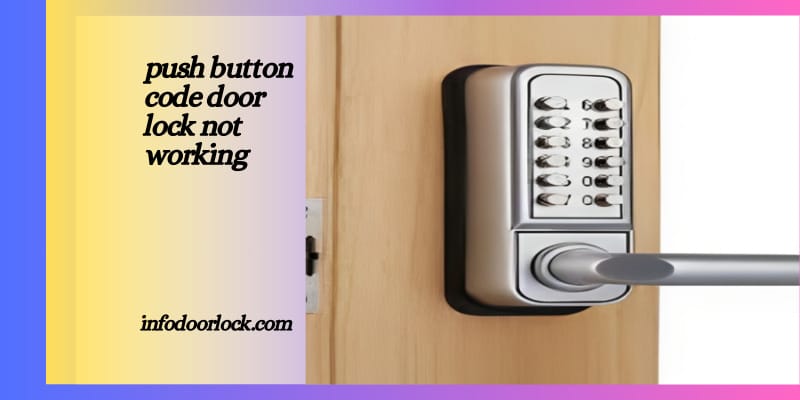
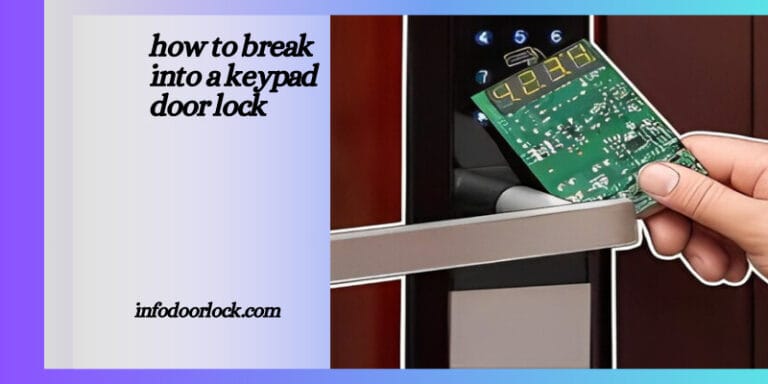
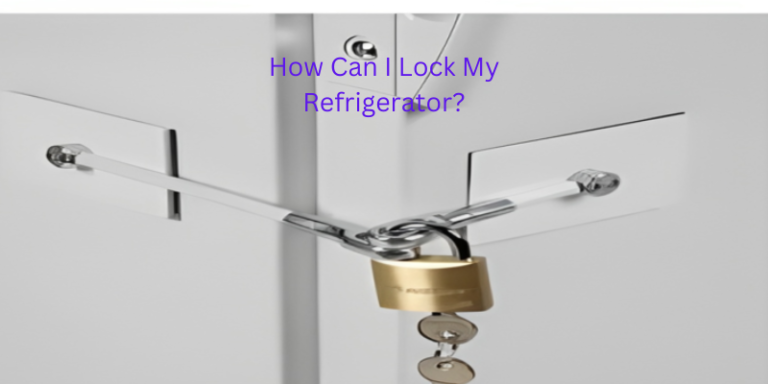
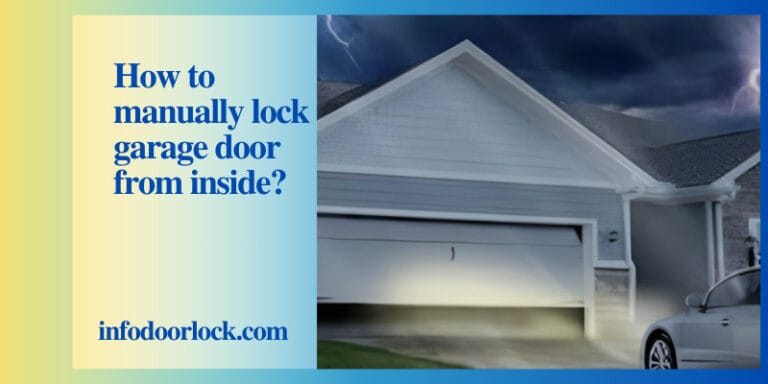
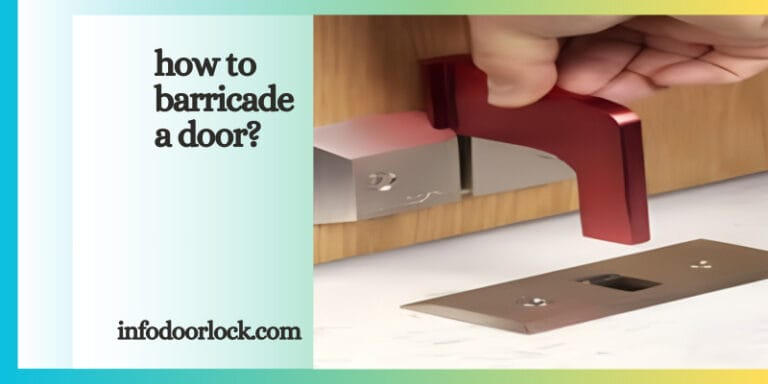
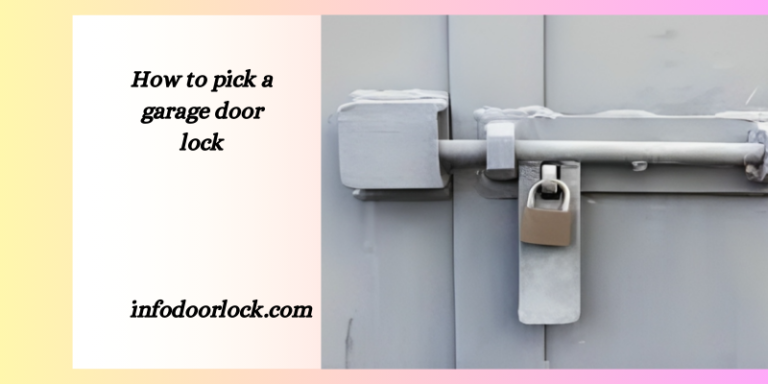

One Comment